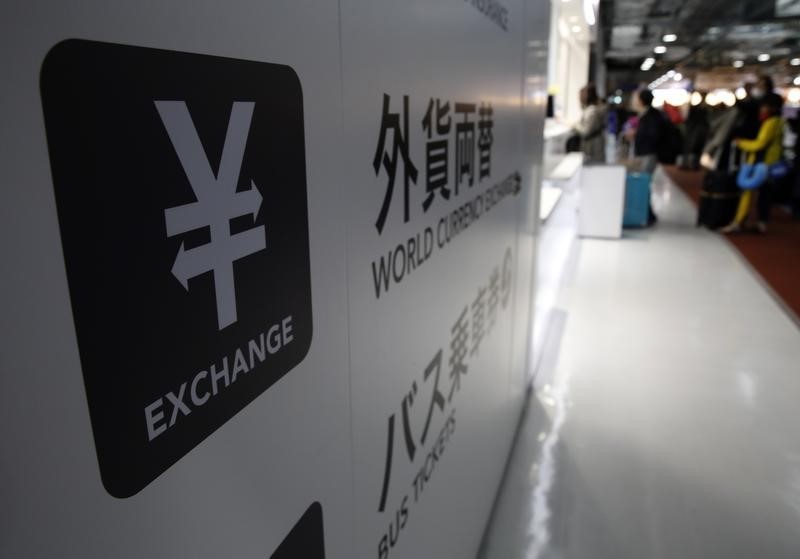These are top 10 stocks traded on the Robinhood UK platform in July
(Bloomberg) --
China’s exports in yuan terms fell less than expected in March, as the coronavirus pandemic hurt both global demand and China’s ability to produce and ship goods. Imports increased.
- Exports declined 3.5% in yuan terms in March from a year earlier, while imports rose 2.4%, the customs administration said Tuesday. Economists had forecast that exports would decline by 12.8% while imports would shrink by 7%. Figures in dollars, in which most of China’s trade is denominated, are released later.
- The Bloomberg Dollar Index rose 3.1% in March, with the surge likely to have pushed up the yuan value of goods traded
Key Insights
- The decline in trade was likely caused both by China’s own restrictions and contracting economy, and by the spread of the coronavirus overseas. Many companies are still not at full capacity, impacting both their ability to export and import demand.
- Now, even as the domestic virus situation is improving, more and more of China’s overseas markets are locking down. That will hit not only demand for China’s goods, but could also damage the supply of raw materials and intermediate components.
- The World Trade Organization said last week that this year could see the worst collapse in international trade since the Great Depression. Their optimistic scenario saw a 13% drop in the volume of international goods trade in 2020, worse than the 12% fall during the financial crisis in 2009. Their pessimistic scenario sees the volume of global goods trade dropping by as much as 32% this year.
Get More
- Policy makers across the globe have rushed to introduce stimulus to help their economies over the shutdowns and social distancing, but there’s little hard evidence of a peak in infections yet. In China, the State Council has ordered more measures to “stabilize trade,” including building more cross-border e-commerce zones and moving the main trade fair online.
©2020 Bloomberg L.P.
